Galleries
14 Young New York Art Dealers To Watch
James Fuentes, Rachel Uffner and others talk about the future of the art world.
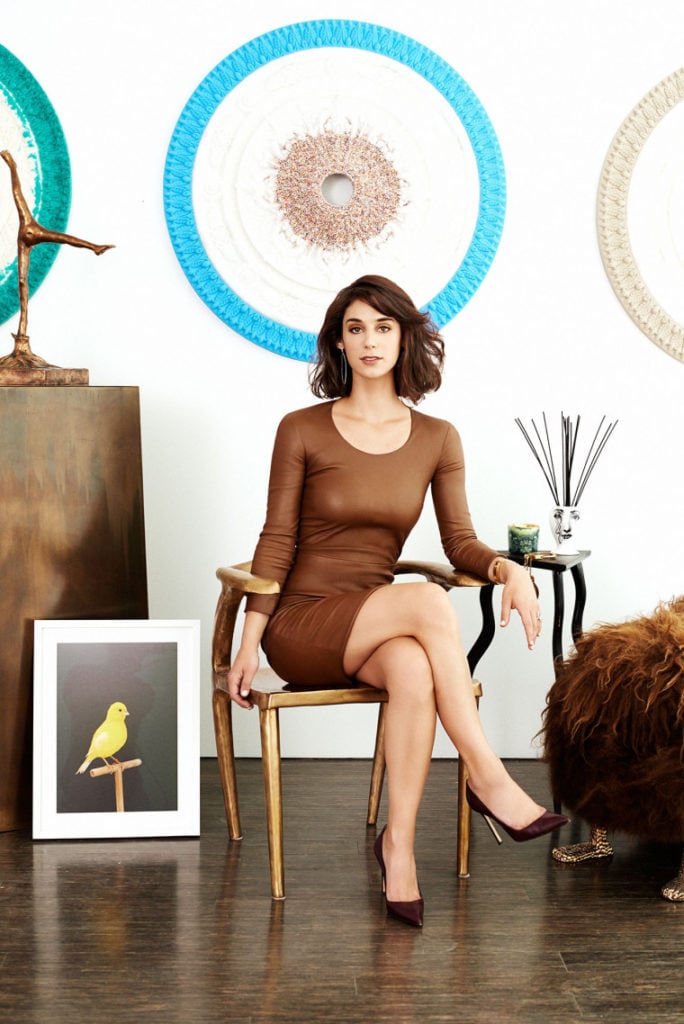
James Fuentes, Rachel Uffner and others talk about the future of the art world.

Unlike artists, who are prized for their youth, art dealers are typically more valued for their experience. Flouting that received wisdom are 14 young, ambitious art dealers from 11 spaces who are getting the art world to take notice. And it’s probably in your interest to keep an eye on them, as well as their peers who we highlighted in our earlier story The Most Admired Art Dealers. We’ve asked these dealers the same handful of questions to pick their brains about identifying new talent, establishing themselves in the art world, and their thoughts on what tomorrow holds. If the future of the New York art world is in their hands, we might not be so screwed after all.
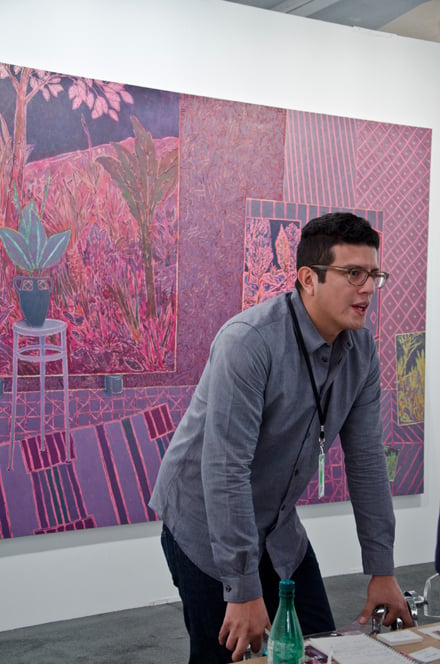
James Fuentes
Photo: Caroline Claisse/Samuel Sveen/Art Observed
James Fuentes, James Fuentes LLC:
How did you get to where you are today? Do you have any advice for aspiring art dealers?
I love what I do. Think collaboratively and be aware of what your fellow gallerists are doing.
What do you think the future holds for the New York art world?
Hopefully there will be more room for people who care about art.
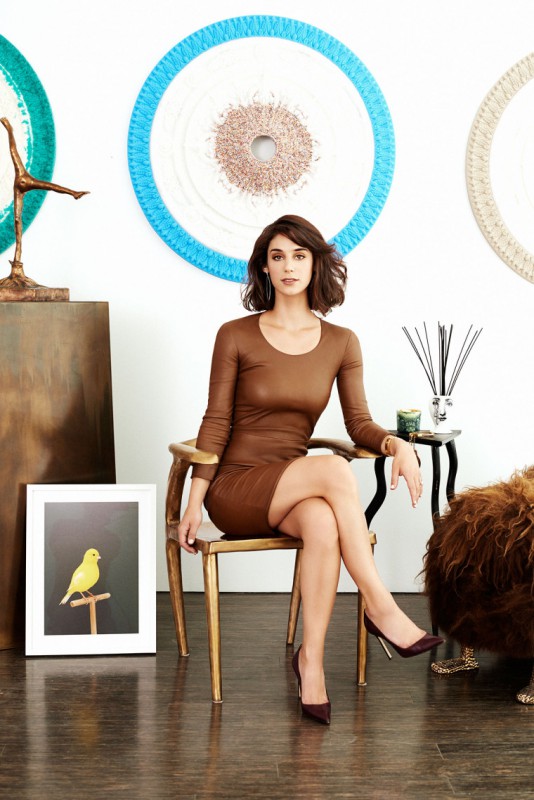
Andi Potamkin
Photo: Peter Ash
Andi Potamkin, Kasher|Potamkin:
How did you get to where you are today? Do you have any advice for aspiring art dealers?
My fiancée and I opened Three Squares Studio, a hair salon and art gallery, in 2009. We started mounting seasonal art exhibitions, running three or four months each, that mirrored the energy of whatever season it was. I mounted exhibitions of work by Scott Campbell, Robert Loughlin, Van Sarki, and Carlos Aponte, to name a few, and I had a terribly fun time at it.
It was while working at Three Squares Studio that I met Steven Kasher, now my partner in Kasher|Potamkin. We mounted an exhibit of photographs by Phyllis Galembo, and Steven liked the way I worked so he hired me to head up a contemporary/fashion photography program at his gallery. It wasn’t long before Steven and I realized we wanted to open a new space, with a completely different business model than the classic white box gallery.
What do you think the future holds for the New York art world?
I really like what I am seeing happening with art fairs. They open up buying art and shopping for art to so many people who wouldn’t have had access to it otherwise. Max Fishko and Jeffrey Wainhause are launching a new fair called Art on Paper this March on Pier 36 and I’m pretty excited about that one (see A New Art Fair, Art on Paper, Comes to Tribeca During Armory Week). Everything in the fair is made of, based on, or inspired by paper. Brilliant.
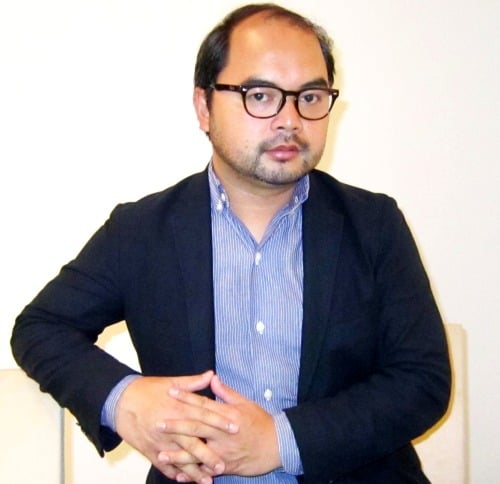
Augusto Arbizo
Augusto Arbizo, Eleven Rivington:
How do you go about finding and identifying artistic talent?
I try and do two or three studio visits every Friday during the gallery season. I look for artists to represent and develop, to include in group shows, to recommend to others. It’s important to note that seeing something incredible and amazing doesn’t always lead into or manifest as an artist-dealer relationship; more artists today say ‘no’ than they do ‘yes’. Being intrepid is as key as being in the right studio at the right time.
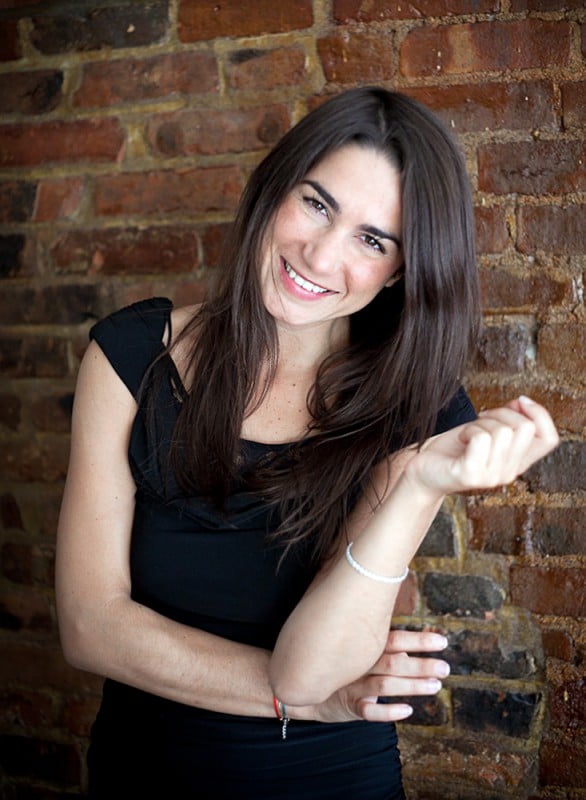
Catinca Tabacaru
Photo: Yura Liamin
Catinca Tabacaru, Catinca Tabacaru Gallery:
How do you go about finding and identifying artistic talent?
I trust my eye. The human behind the art really matters to me as well. Are they intelligent, mature, ambitious? Do they have integrity? Are they authentic and rigorous in their making? Most importantly, do they have that je ne sais quoi?
What do you think the future holds for the New York art world?
I’ve been hearing a lot of talk recently about how New York isn’t what it used to be, how the cool kids won’t let anyone in, how the older dealers don’t make room for us younger ones, blah blah blah. I don’t subscribe to this camp. Nobody promised it would be easy and for that, I am glad.
I think we will see more collaboration in the future of the New York art world. If we want to take on the giants, we need to unite our artillery. Bring it on Marianne Boesky!…and while you’re at it, may I pretty please show another Barnaby Furnas? That flood painting made my little gallery look so good!
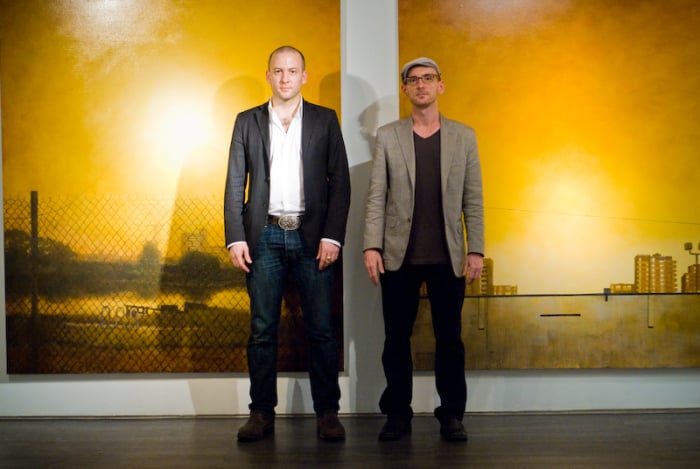
Jason Patrick Voegele and Keith Schweitzer
Photo : Courtesy of The Lodge Gallery
Jason Patrick Voegele and Keith Schweitzer, The Lodge Gallery:
What do you think the future holds for the New York art world?
Schweitzer: There is certainly no shortage of naysayers when it comes to the future of art in New York. It’s currently very expensive to live, work, or play here and it continues to get more so. I look at it this way: it’s always been a tough city in one way or another. There’s a reason they wrote the line “If I can make it there, I’ll make it anywhere.”
Voegele: I also think that artists are getting smarter, more business savvy and more capable of self-marketing. Many of the brightest are interested in engaging with dealers and curators in more creative ways that require a flexibility on the part of gallerists that you are just not going to find up on 57th street or within the Chelsea scene. Call it a generational shift if you like. I think it is a very positive direction and its a direction that has really allowed the L.E.S. to flourish as New York continues to change and evolve.
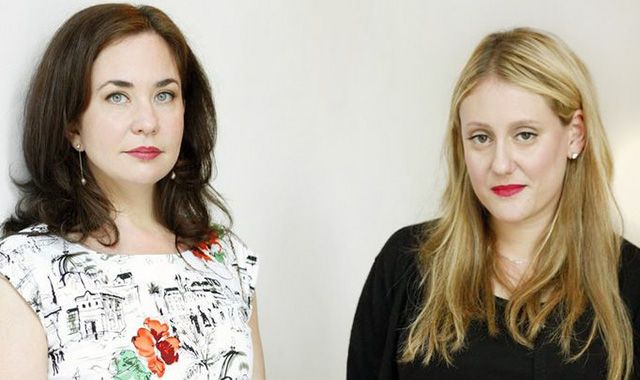
Allegra La Viola and Meredith Rosen
Photo: Courtesy of Sargent’s Daughters
Allegra La Viola and Meredith Rosen, Sargent’s Daughters:
How did you get to where you are today?
We both had experiences in different types of arts organizations– institutional, auction, dealer, advisory, gallery…so we each had an idea of the various sides of the art world. We really loved working with artists and being involved with manifesting the artist’s vision.
Do you have any advice for aspiring art dealers?
We try to remember that the best things happen when we trust our instincts. Your program naturally makes sense when you are true to yourself.
How do you go about finding and identifying artistic talent?
We do a lot of studio visits and regularly attend shows, fairs and do online research. The more we see the more we can identify the quality of work through comparison.
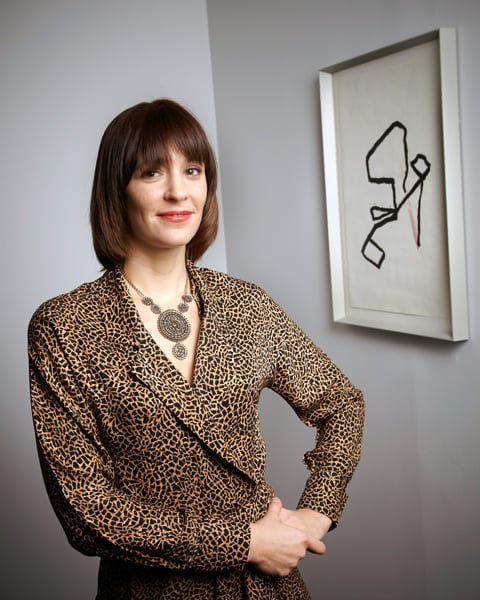
Candice Madey
Photo: Michael Bühler-Rose
Candice Madey, On Stellar Rays:
How did you get to where you are today? Do you have any advice for aspiring art dealers?
When you do what you love, your occupation finds you. I only ever followed my curiosity. Artists—the good ones—offer new ideas and new perspectives. I simply followed our conversations and the ideas that excited us the most; the gallery grew out of that.
What do you think the future holds for the New York art world?
For me, the Lower East Side is the most exciting place to look at art. This will only grow stronger.
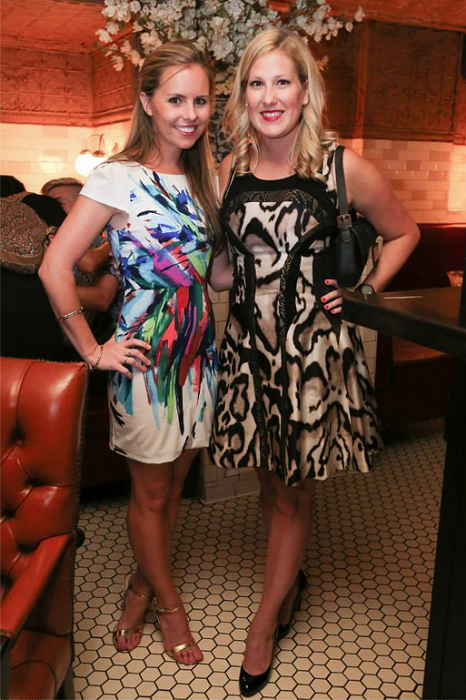
Sophie Hahn and Mary Garis
Photo: Will Ragozzino/BFA
Mary Garis and Sophie Hahn, Garis & Hahn:
Do you have any advice for aspiring art dealers?
Have confidence in your eye. Also, art collectors and lovers come in all shapes and forms. This is a vocation that requires an open mind and a lot of perseverance.
How do you go about finding and identifying artistic talent?
We are fortunate to meet so many artists through our group shows, some of which are organized by outside curators and collaborators and some of which we curate ourselves. Immersing oneself in art—visiting studios, seeing gallery and museum exhibitions, staying up to date with headlines, trends, word of mouth—these are many ways to identify artistic talents. Last year, Vogue boldly claimed Instagram is the world’s newest art dealer. It certainly indicates how invaluable the role of the internet is becoming in the art world, for art dealers, collectors, and artists alike.
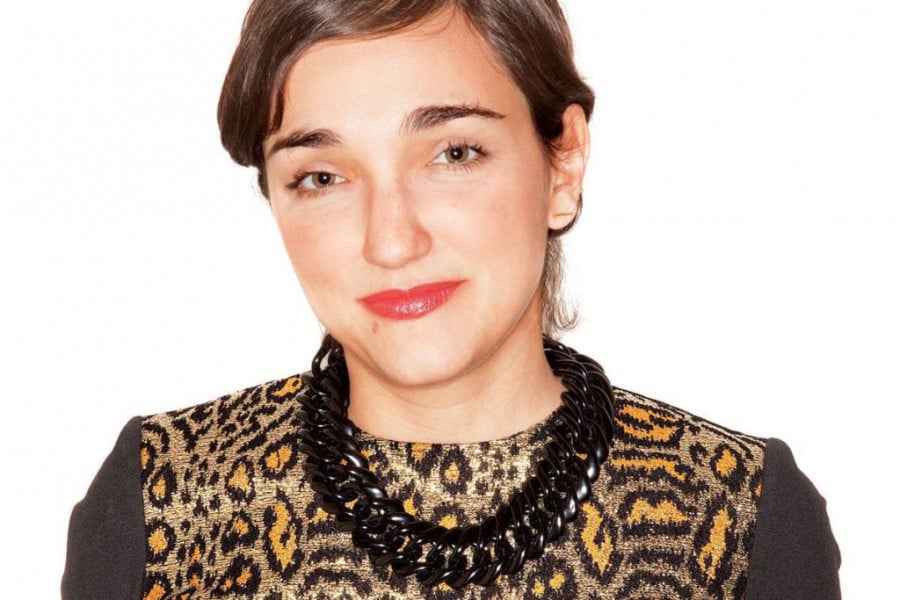
Rachel Uffner
Photo: Rob Weber/New York Magazine
Rachel Uffner, Rachel Uffner Gallery:
How did you get to where you are today? Do you have any advice for aspiring art dealers?
I’m not quite sure how I got to where I am or exactly where I am, but I guess I just work. My gallery is everything to me aside from my child and that is a recent development. I think what is also important is that I really like to put on shows and that never gets old. Advice for aspiring dealers would be just to keep putting on good shows that people want to see. It’s not the most strategic advice, but I’m not the most strategic person.
What do you think the future holds for the New York art world?
New York is ridiculously expensive but the beauty of it is that it does not seem to be totally prohibitive to people making and showing art. There are serious challenges but maybe that challenge effects the art in interesting ways.

Ellie Rines
Photo: Courtesy of Ellie Rines
Ellie Rines, 55 Gansevoort
Do you have any advice for aspiring art dealers?
My advice is to keep your overhead low and to make friends with Charlie Finch.
What do you think the future holds for the New York art world?
We will admit that it is our religion. It is going to be excellent.

Taylor Trabulus
Photo: Courtesy of Taylor Trabulus
Taylor Trabulus, Shoot The Lobster
How do you go about finding and identifying artistic talent?
I go to as many openings, studio visits, and events as possible. Many of the artists I work with are peers and part of a community often working together that exists within and outside of New York.
What do you think the future holds for the New York art world?
A lot of the best things happening in New York right now are outside of Chelsea—in the Lower East Side, in Brooklyn, and pop-up shows around the city in empty spaces. I’m excited to see friends opening their own galleries and organizing shows that don’t necessarily rely on a blue chip art market.